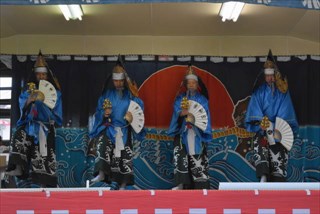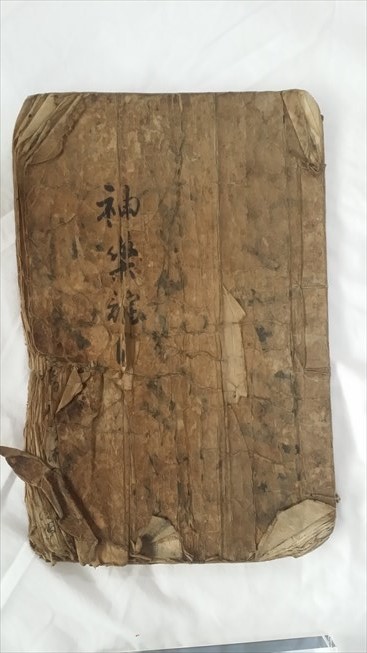
| Pseudonym reading | Omomikara |
|---|---|
| Specified type | Prefecture designation |
| Type | Intangible folk cultural property |
| Designated date | April 7, 2017 |
| Specified details | |
| quantity | |
| location | Morioka City Motomiya character Omiya 51 |
| owner | |
| Holding group | Omiya Kagura Preservation Society |
| Management organization | |
| home page |
Overview
Omiya Kagura is a dedicated deity Kagura of the Omiya Shrine that sits in the main shrine of Morioka City. The area of Shishiko is still widespread with Hongugu, Mukanakano, Shimokitama, and is gathering faith.
The history is from the enclave year (also reported as the enclave of 23 (804)) to the Daido 3 (808) year when the consular general Sakaueta village Maro's Oshu was down-trained and accompanied by his mother Tamari Suzuki Tamari It has been reported that Kagura was founded and dedicated by Masahito Lu Fujiwara (now the ancestor of the Monarch of Suzuki). Kagura was recognized as "the Ogura Shrine Suzuki family's Kagura", and the family Suzuki family has been the neighbour after generations, and it has been inherited and protected by his family.
Omiya Shrine has been revered as an object of the faith of powers and locals since ancient times, and has had a deep relationship with the Southern Cape in the early modern period. This can be seen from the records of the 'Shinto history book Suzuki Izumi' owned by the Suzuki family and the 'Nanbuki'.
In addition, Omiya Kagura is a Kagura that the shrine priests tell, but the relationship between the Suzuki family and the southern cape, and the fact that the priests of the Omiya Shrine of each generation have obtained permission from the Kyoto Yoshida family, etc. While performing prayer and prayer as a priesthood, he danced Kagura at festivals and seasonal events as part of his missionary work. Because of that, it also has the characteristic of dance of Shugen-type Kagura. Therefore, it is thought that the Kagura incorporates the elements of Shukdo-kagura, and interprets the Shinto system and omits the Buddhist works, while finishing its own dance while reconstructing.
Kagura has been borne by the Suzuki family, Matsuoka, Suzuki and Izumi, but the local residents' faith in the Omiya Shrine is strong, and after the war there is a shortage of dancers and there are three families around the shrine. In addition to protecting Kagura, you can see the connection between Omiya Shrine and local residents based on faith through Kagura.
As described above, it is an important cultural asset that has historical backing, and the role of Kagura in the area from the early modern period onwards, and the transition of performing arts in the social background and the situation of its bearers.
image

